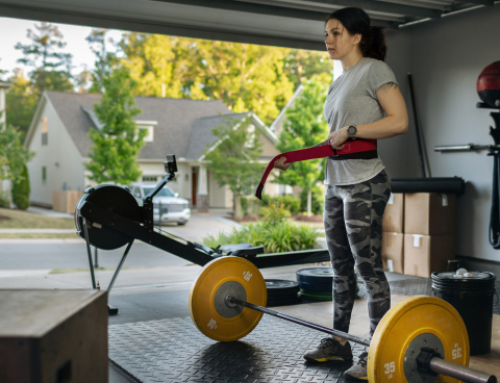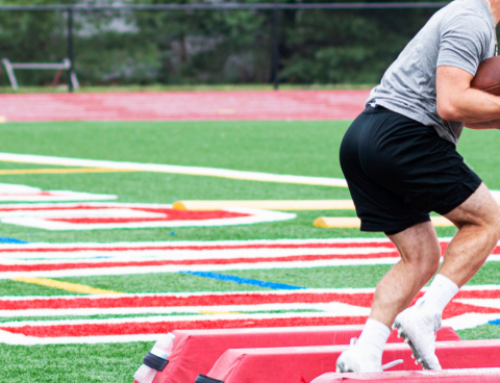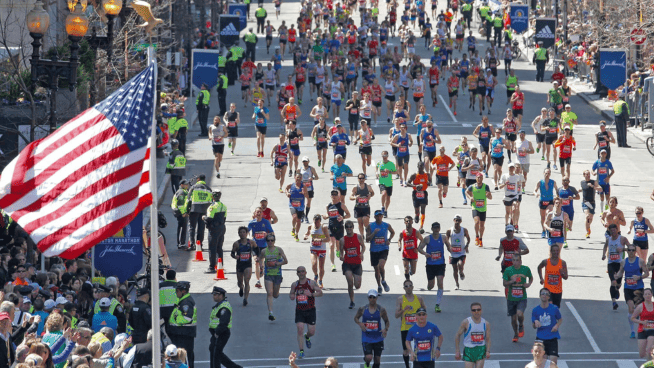Revolutionizing Sports Therapy: The Breakthrough of Blood Flow Restriction (BFR) Training
When it comes to building strength, there are several tools at an athlete’s disposal. And when an athlete faces a setback from an injury, the road to recovery can often be challenging and time-consuming. Physical therapists, athletic trainers, and coaches want to get an athlete back in the game within a safe and reasonable timeframe.
Blood Flow Restriction (BFR) Training
One of the latest tools gaining in popularity is blood flow restriction (BFR) training. BFR utilizes pressure cuffs placed over the most proximal area of a limb. It is the same type of cuff used when medical professionals take your blood pressure. The cuff can be applied to the upper arm or upper thigh and inflated to partially block the venous outflow of blood. Once inflated, the cuff remains in place while the athlete performs exercises.
With the cuff inflated and venous blood flow restricted, the individual exercises with a lower load (lighter weight) and a higher volume of reps. The restriction of blood flow creates a hypoxic environment in the muscle tissue creating greater muscle activation, increased fatigue, and triggers anabolic signaling. A hypoxic environment means less oxygen available in the muscle tissue. The lower level of oxygen encourages new blood vessel formation, which over time can improve blood flow.
Athletes have noticed early hypertrophic findings in four weeks or less, and strength changes in 10 weeks or less. BFR also stimulates increased hormone secretion of growth hormone, peptide hormone IGF-1, and testosterone.
General Strength Training Guidelines
The general strength training guidelines require the use of BFR three times a week. The cuff is inflated between 40-80% of limb occlusion pressure (LOP), which is measured using the BFR device. Once the cuff is inflated at the desired LOP, an exercise is performed for four sets. Set one is 30 reps. Set two is 15 reps. Set 3 is 15 reps. Set 4 is 15 reps. 30 seconds of rest is given in between sets. In all, the volume is 75 reps, but remember, the exercise is done with a lighter resistance.
When training an upper extremity limb, the LOP is 40-50%, and with a lower extremity limb, the LOP is 60-80%. It is recommended the athlete train 3-5 exercises with BFR, taking at least a one-minute rest between exercises. During this time, the cuff remains on but is deflated to provide relief and circulation. The cuff is inflated back to the desired LOP with the device when ready to move on to the next exercise.
Who can benefit from BFR:
- Athletes recovering from injury, working to regain limb strength
- Individuals who cannot tolerate high amounts of joint and, or tissue stress
While BFR training can offer various benefits, certain individuals should avoid it. Those with blood clotting disorders, high blood pressure, heart disease, or a history of deep vein thrombosis should refrain from BFR as it could potentially exacerbate these conditions. Additionally, those with the following should not use BFR:
- Open wound area
- Active cancer
- Venous insufficiency
- Lymphedema
- Tachycardia
Blood flow restriction training is a popular tool to improve muscle strength, size, and functional aerobic capacity in shorter amounts of time with less stress on the body than typical training. It can be used alongside traditional strength training, or as a tool for physical therapy rehabilitation. Athletes interested in using BFR should consult with their primary care physician, and work with a professional properly trained in BFR.
RECOMMENDED FOR YOU
MOST POPULAR
Revolutionizing Sports Therapy: The Breakthrough of Blood Flow Restriction (BFR) Training
When it comes to building strength, there are several tools at an athlete’s disposal. And when an athlete faces a setback from an injury, the road to recovery can often be challenging and time-consuming. Physical therapists, athletic trainers, and coaches want to get an athlete back in the game within a safe and reasonable timeframe.
Blood Flow Restriction (BFR) Training
One of the latest tools gaining in popularity is blood flow restriction (BFR) training. BFR utilizes pressure cuffs placed over the most proximal area of a limb. It is the same type of cuff used when medical professionals take your blood pressure. The cuff can be applied to the upper arm or upper thigh and inflated to partially block the venous outflow of blood. Once inflated, the cuff remains in place while the athlete performs exercises.
With the cuff inflated and venous blood flow restricted, the individual exercises with a lower load (lighter weight) and a higher volume of reps. The restriction of blood flow creates a hypoxic environment in the muscle tissue creating greater muscle activation, increased fatigue, and triggers anabolic signaling. A hypoxic environment means less oxygen available in the muscle tissue. The lower level of oxygen encourages new blood vessel formation, which over time can improve blood flow.
Athletes have noticed early hypertrophic findings in four weeks or less, and strength changes in 10 weeks or less. BFR also stimulates increased hormone secretion of growth hormone, peptide hormone IGF-1, and testosterone.
General Strength Training Guidelines
The general strength training guidelines require the use of BFR three times a week. The cuff is inflated between 40-80% of limb occlusion pressure (LOP), which is measured using the BFR device. Once the cuff is inflated at the desired LOP, an exercise is performed for four sets. Set one is 30 reps. Set two is 15 reps. Set 3 is 15 reps. Set 4 is 15 reps. 30 seconds of rest is given in between sets. In all, the volume is 75 reps, but remember, the exercise is done with a lighter resistance.
When training an upper extremity limb, the LOP is 40-50%, and with a lower extremity limb, the LOP is 60-80%. It is recommended the athlete train 3-5 exercises with BFR, taking at least a one-minute rest between exercises. During this time, the cuff remains on but is deflated to provide relief and circulation. The cuff is inflated back to the desired LOP with the device when ready to move on to the next exercise.
Who can benefit from BFR:
- Athletes recovering from injury, working to regain limb strength
- Individuals who cannot tolerate high amounts of joint and, or tissue stress
While BFR training can offer various benefits, certain individuals should avoid it. Those with blood clotting disorders, high blood pressure, heart disease, or a history of deep vein thrombosis should refrain from BFR as it could potentially exacerbate these conditions. Additionally, those with the following should not use BFR:
- Open wound area
- Active cancer
- Venous insufficiency
- Lymphedema
- Tachycardia
Blood flow restriction training is a popular tool to improve muscle strength, size, and functional aerobic capacity in shorter amounts of time with less stress on the body than typical training. It can be used alongside traditional strength training, or as a tool for physical therapy rehabilitation. Athletes interested in using BFR should consult with their primary care physician, and work with a professional properly trained in BFR.












